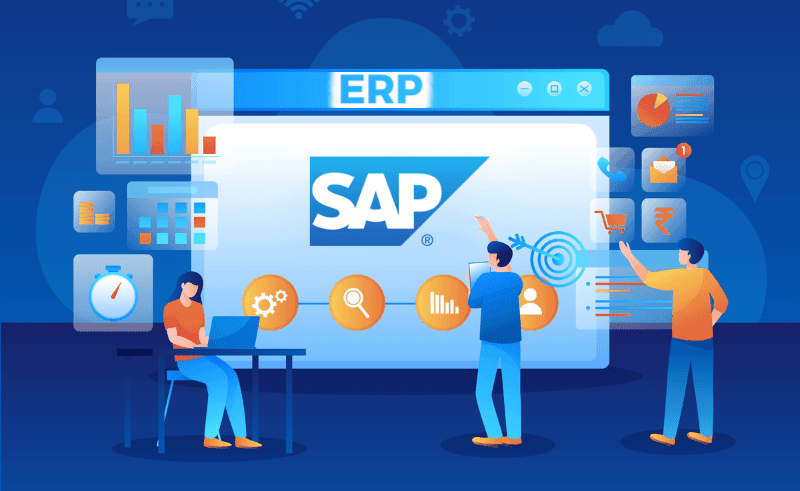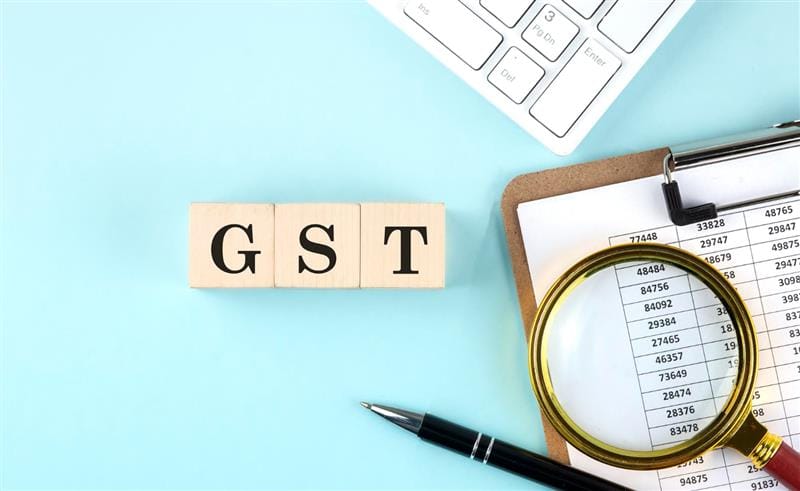Latest Blogs
Every company aims for predictable revenue, smooth compliance, and fewer surprises during audits. E-invoicing software in India has become a key part of achieving that stability. With the introduction of IRP validation...
Since the first time when India implemented its Goods and Service Tax regime, it was clear that there would be tectonic shift in how Indian enterprises manage tax compliance. Today, millions of invoices are processed...
Managing GST compliance in India requires a structured and technology-driven approach. Frequent regulatory changes, bulk data volumes, and accuracy requirements make it essential for businesses to adopt for compliance...





